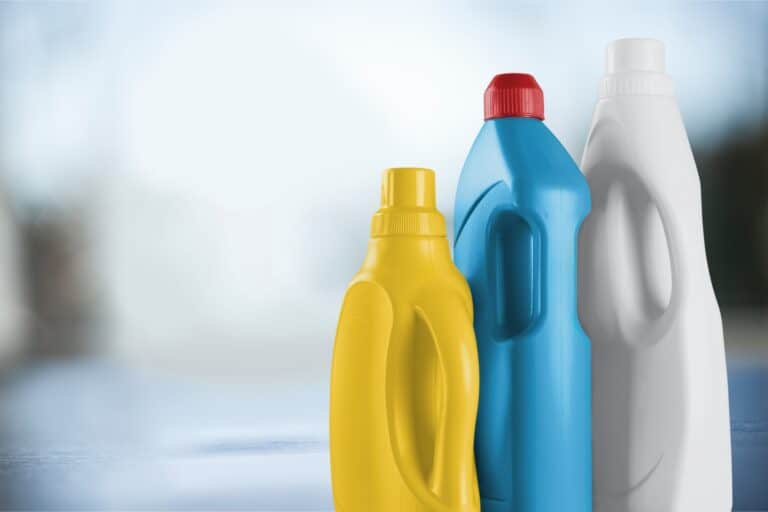Chemicals of Concern
Since 1976, over 85,000 chemicals have been introduced into commerce and since that time only approximately 200 have been tested for safety. Through scientific studies and research, it has been shown some chemicals are persistent, bioaccumulation, and toxic (PBTs), meaning they cannot be broken down and remain in our environment, threatening human health.
WHE addresses chemicals of concern, including:
- Bisphenol A (BPA) & Bisphenol S (BPS) found in plastics and beverage can linings
- Formaldehyde is found in many glues and adhesives and as a preservative in some paints and coating products
- PFAS (per- and polyfluoroalkyl substances) found in non-stick products, stains, paints, cleaning products, food packaging, and firefighting foams
- Phthalates found in deodorants, nail polish, soap, toothpaste, and hundreds of other personal care products
- Toxic flame retardants found in toys, vinyl flooring, detergents, lubricating oils, food packaging, pharmaceuticals, blood bags and tubing and personal care products

Food Products
From seed to table, there are several factors to consider when determining healthy food to serve at home. Not only are healthy meal preparation steps important, but it is essential to understand how where our food is grown, the chemicals applied, packaging, and distance food products have traveled to get to our homes. We’re here to help you make better food choices for a healthier life.

Personal Care Products
The products and cosmetics we apply to our skin and bodies can affect overall health and well-being. Cancer-causing chemicals or carcinogens are present in ⅓ of personal care products and cosmetics, but neither the FDA nor any other federal agency requires testing for safety. There are safer products to use.

EWG’s Skin Deep® database provides easy-to-navigate ratings for personal care products and ingredients on the market with practical solutions to protect yourself and your family from everyday exposure to chemicals.
Cleaning Products
Cleaning products can contain toxins, carcinogens, endocrine disruptors, asthmagens, and allergens. Because we touch, breathe in, and ingest small amounts of several different chemicals we spray and spread around our homes to clean, we can experience long-term, additive exposure to dangerous toxins. Make informed decisions when selecting cleaning products to protect the health of you and your family.
The Good Guide team of scientists from UC Berkeley have reviewed and rated more than 500,000 products and served more than 10 million consumers searching for product information.
